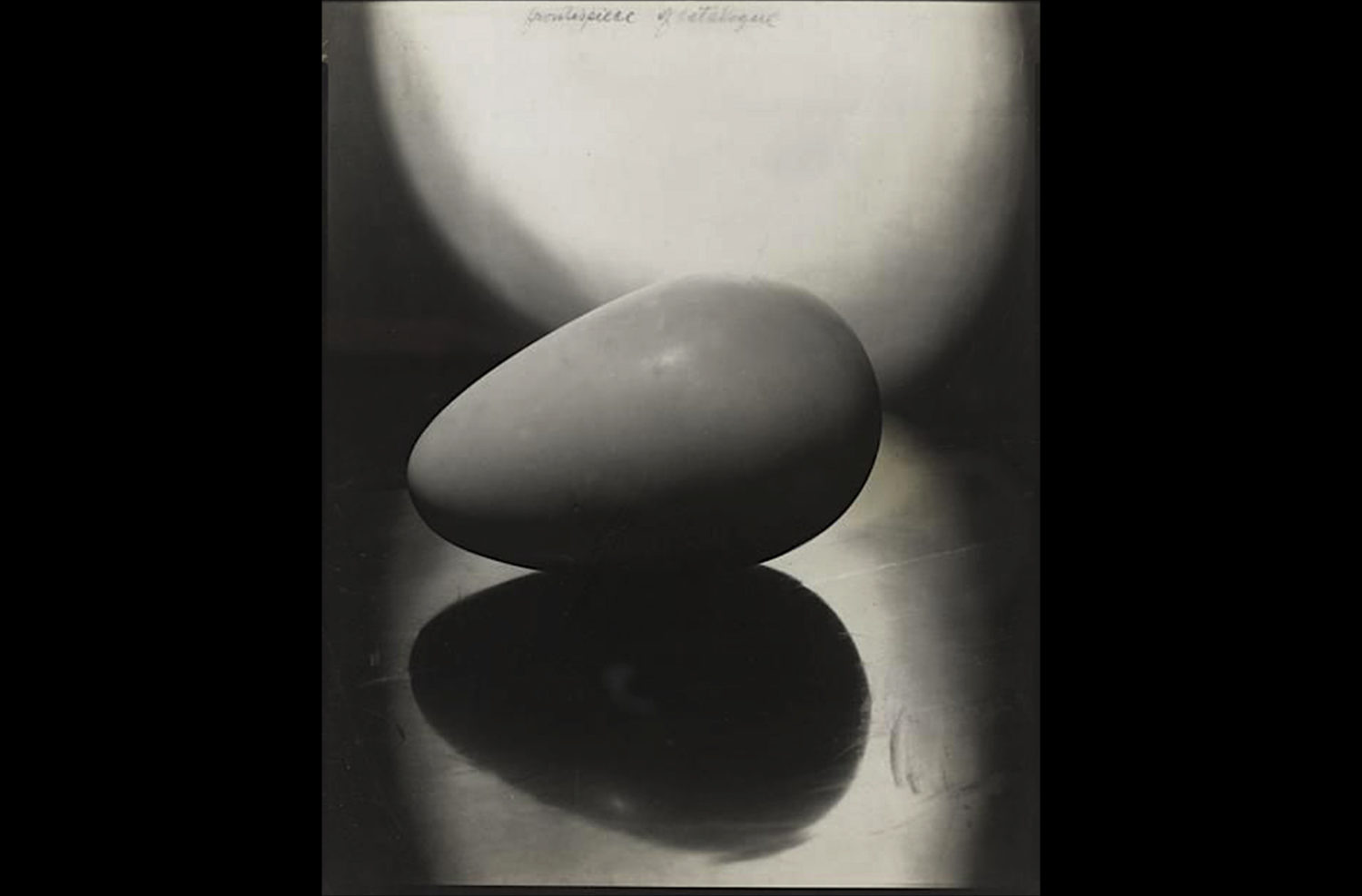Essay
Forms in movement
2017
"Form endures and prevails over construction in a world where functions are constantly changing; Within the form, the material itself changes as well."
Aldo rossi, Scientific autobiography
"Form has no shape or dimension… Form is the “what” and design is the “how.” Form is impersonal. Design is an act of authorship. Design is a circumstantial act."
Louis Khan
Author
UMBERTO NAPOLITANO
Essay from
TRACES
Editor
ACTAR PUBLISHER
Regardless of constraints, programs, and sites, architects must in the end choose a form, and this form is a solution. It is the final as well as the initial synthesis of the conditions that architects choose as the project’s postulates and foundation. The choice of form is likely the first act of creation in architecture, based on which everything is built; it modifies and urbanizes nature.
And urbanness in effect becomes a consequence of this act; from caves to shelters, from houses to the most complex of urban fabrics, the purpose of architecture is to urbanize. Architects thus become “creators of forms of urbanness.”
What is so complex about choosing a form is that is never fixed, and instead in a perpetual motion of becoming. Paul Klee said: “Nowhere is form finished, completed, concluded. We have to think of it as a genesis, as movement. Its being is to become, and the appearance of a form is nothing but a clever apparition, a dangerous ghost.” Hence, the second act of creation in architecture is imagining motion. The challenge is to consider projects not as a response to a problem or need, rather as the starting point of a narrative, as a tool for translating one’s vision. They are a wager that extends beyond the client or the function; they bet on the built continuum that is a city, our city. Thus, architecture must create forms in motion to ensure that buildings survive beyond the function for which they were initially constructed. This search lies at the heart of our design process, across programs and territories. It is expressed in the housing units in Bègles through a sense of void, in Clichy Batignolles in the very intelligence of a form where the flexibility of usage has been pushed to the maximum, and in a theater in Strasbourg, which has moving walls that live within a fixed structure.
The housing units built in Bègles, close to Bordeaux, were conceived as a type of residence combining the qualities of a single-family home with collective housing. They run across, stacked in a staggered row and separated from one another by large terraces. The built volumes that delineate the public space at an urban scale are punctuated by empty spaces that constitute a spatial reserve for each housing unit. In this way form has the ability to evolve within its envelope in response to residents’ needs and, thus, to future evolutions of this new piece of the city.
The 40-unit housing complex in the Clichy-Batignolles mixed-use area demonstrates that this approach can come to form part a city’s history and identity. Given its location at the edge of the mixed use area, this project lies in between an eco-quarter very similar to the ones currently being built all over France and a more traditional, Haussmann sense of urbanism. We began with an in-depth research into the heritage of the surrounding buildings and their values. The challenge lay in increasing the capacities of this form so that it can evolve and welcome other programs. The choice of proportion between offices and housing and the design of a mostly glass façade that shelters the technical portions have granted this volume a durable sense of versatility. For the Maillon Theater in Strasbourg, a European stage where motion is created as a philosophy of work, the challenge was to create an architectural tool that is as open-ended as possible. The project reconsidered the traditional functional mechanism of a theater, between its foyer, hall, and corridors, transforming them into an overall space where a quasi-urban framework engendered the freedom to create an infinite number of configurations. The theater has become an immense open space where the program’s different elements can evolve independently, as they do in a city.
